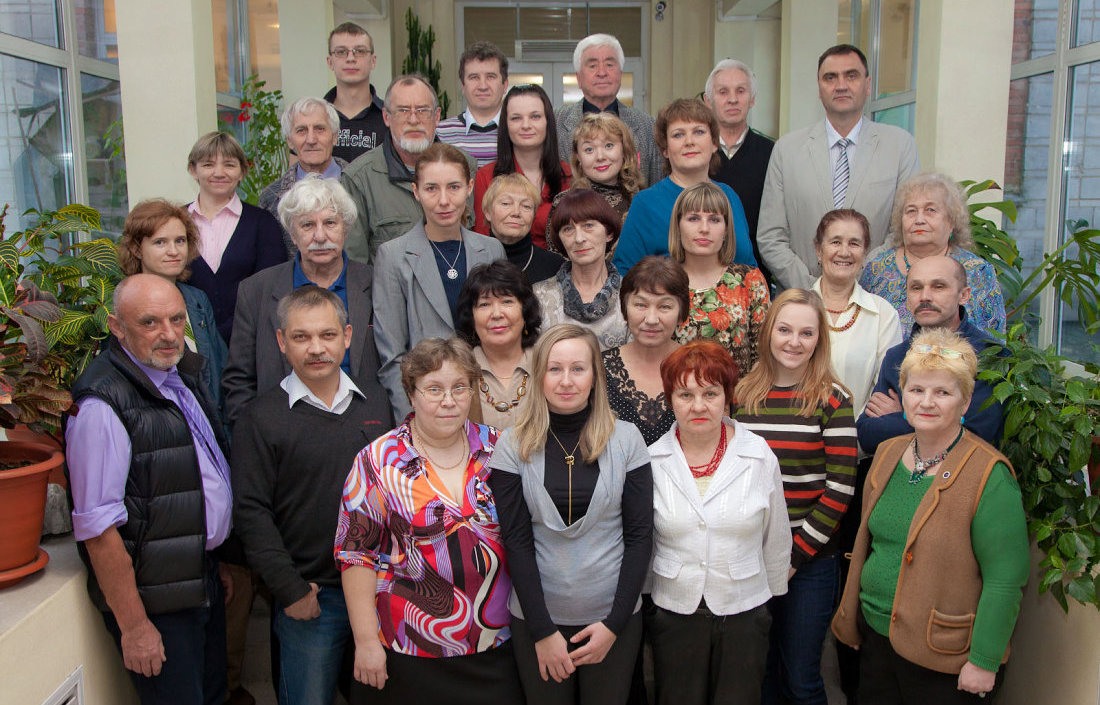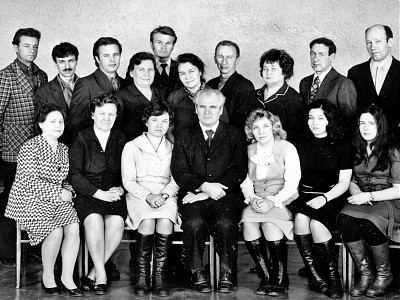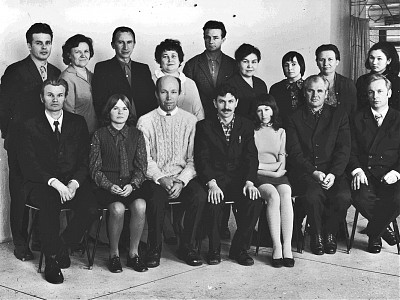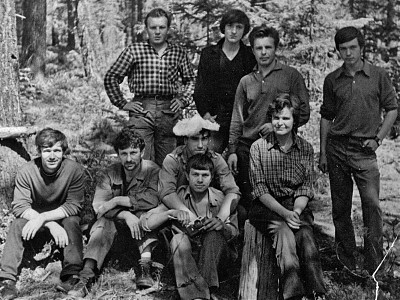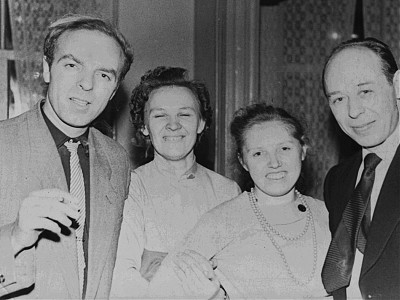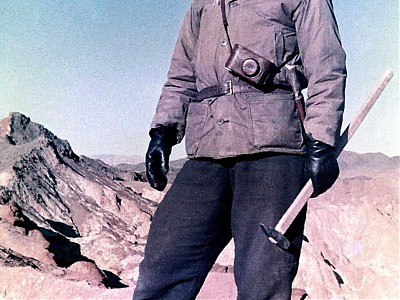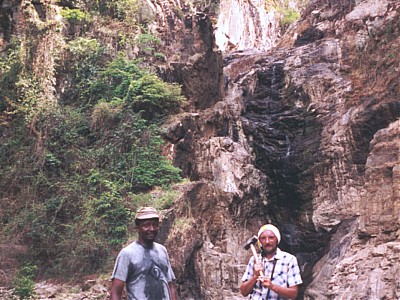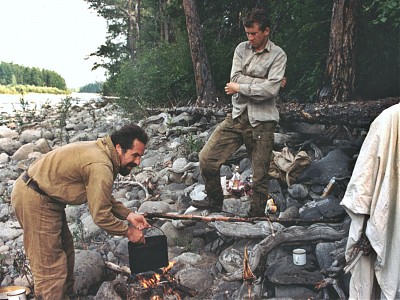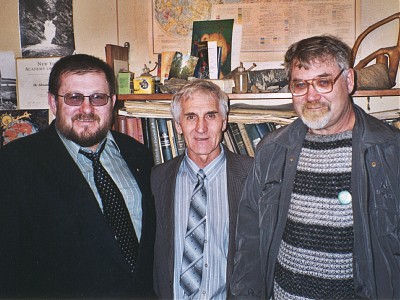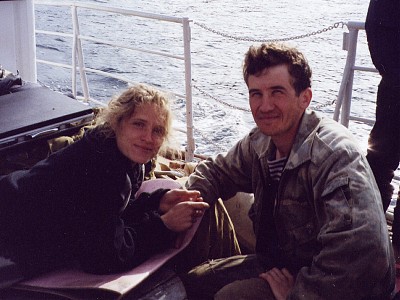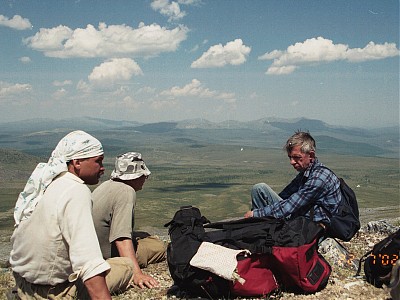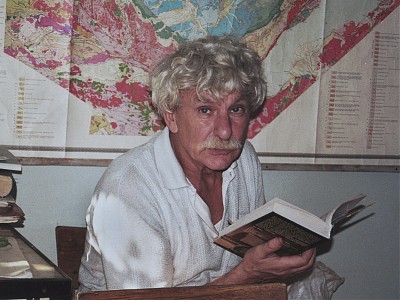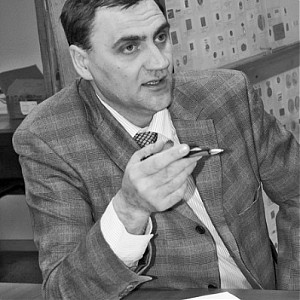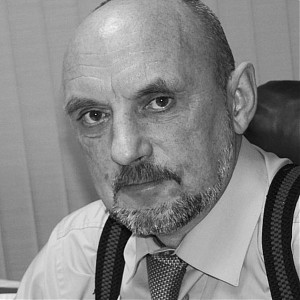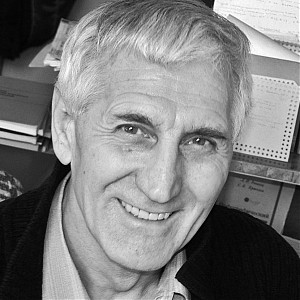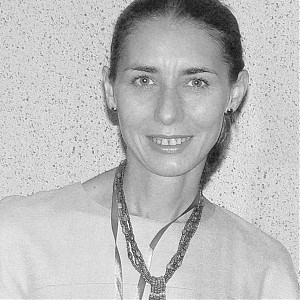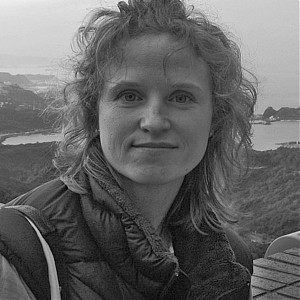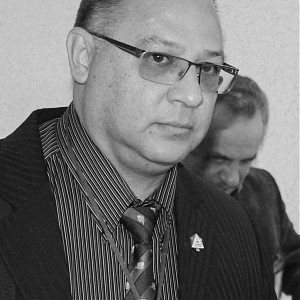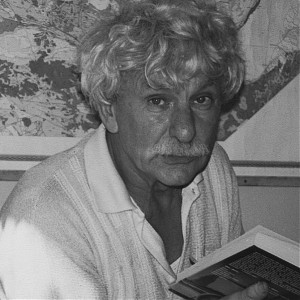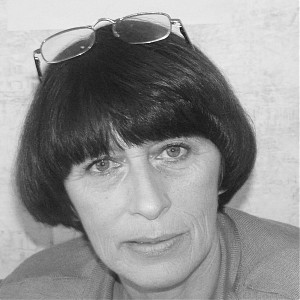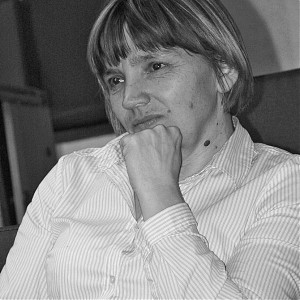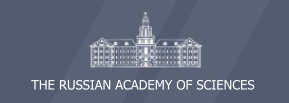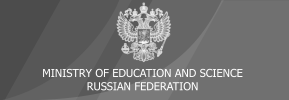Laboratory of Paleogeodynamics
Chief Dmitrii P. Gladkochub, Dr. Sci. (Geol.-Min)
The staff consists of 22 persons, among which are a correspondent member of RAS and two doctors and six candidates of sciences.
The Laboratory of Paleogeodynamics was established in 1986 by merging the Laboratory of Tectonophysics (headed by S.M. Zamaraev in 1968-1984 and by V.G. Belichenko in 1984-1986) and the Laboratory of Precambrian Geology and Metallogeny (headed by A.P. Shmotov in 1971-1986). Both of these laboratories were separated from the Laboratory of Tectonics and Structural Geology (headed by N.A. Florensov, a Corresponding Member of Acad. Sci. USSR) in 1968 to be independent research entities.
In 1986-1991, the Laboratory of Paleogeodynamics was headed by V.G. Belichenko, Dr. Sci. (Geol.-Min.), in 1991-2006 – by E.V. Sklyarov, Corr. Mem. RAS, and since 2006 it has been headed by G.P. Gladkochub, Dr. Sci., Geol.-Min.
The relevant studies are being conducted with the complexes of magmatic and metamorphic rocks that allow reconstructing various tectonic processes, which played an important role in formation of the structure of the Siberian craton, Central-Asian Foldbelt, and contemporary outlook of the North Eurasia as a whole. The research activities of the Laboratory are not limited to Siberia but also deal with participating in international scientific expeditions held in Mongolia, China, Tanzania, and Antarctica.
Тhe Laboratory’s current research emphasis that is put on:
-
crust formation in the history of Central Asia and its geodynamic control;
-
formation of structure of the Siberian craton and Central Asian Foldbelt;
-
formation and breakup of the Precambrian supercontinents;
-
geodynamics of the conjunction area between the Siberian craton and Central Asian Foldbelt;
-
geodynamic evolution of the Paleoasian and Mongolo-Okhotsk Oceans;
-
new minerals and their roles in the reconstruction of geodynamic settings.
Of the Russian scientific organizations, the Laboratory cooperates with the Institute of Geochemistry SB RAS named after A.P. Vinogradov (Irkutsk), Geological Institute SB RAS (Ulan-Ude), Institute of Geology and Mineralogy SB RAS (Novosibirsk), Institute of Precambrian Geology and Geochronology (St.-Petersburg), Far East Geological Institute FEB RAS (Vladivostok), and Institute of Tectonics and Geophysics FEB RAS (Khabarovsk).
The Lab researches are principal investigators of a number of projects implemented within the framework of International Geological Correlation Program (IGGP) UNESCO. Among the presently implemented projects are UNESCO/IGGP-440 “Rodinia Assembly and Breakup”, UNESCO/IGGP-480 “Structural and Tectonic Correlation across the Central Asia Oroigenic Collage”, and UNESCO/IGGP-509 “Paleoproterozoic Supercontinents and Global Evolution”. The Laboratory participated directly in mapping Rodinia together with the scientists from more than twenty countries of the world.
Foreign partners of the Laboratory are the Tectonics Special Research Centre of the University of Western Australia (Perth, Australia), Geochemical Department of Max Planck Institute for Chemistry (Mainz, Germany), Universities of Mainz, Munich and Kiel (Germany), Department of Earth Sciences, University of Roma "La Sapienza" (Italy), Department of Mineralogy and Petrology, University of Padua (Italy), Laboratory of Crystallography, University of Bern (Switzerland), and University of Edinburgh (Scotland).
The Laboratory, both in Russia and abroad, has achieved a leading position in research of tectonics and metamorphism, petrological indicators of tectonic evolution of ancient cratons and folded areas, Precambrian supercontinent evolution, and new and rare minerals in magmatic and metamorphic complexes.
The research results obtained at the Laboratory are published in well-known Russian and international scientific magazines: “Petrology”, “Geochemistry”, “Geology and Geophysics”, “Precambrian Research”, “American Mineralogist”, “Episodes”, “Earth and Planetary Science Letters”, “Transactions of the Royal Society of Edinburgh: Earth Sciences”, “Spectrochimica Acta. Part B: Atomic Spectroscopy”, “Geophysical Journal International”, and “Journal of Geological Society of London”.
The Laboratory is the basic entity around which international and all-Russian conferences are regularly held. The most recent scientific events organized by the Laboratory are:
- All-Russian scientific conference “Supercontinents in the Precambrian geological history” (2001);
- International conference and geological excursions within Project UNESCO/IGGP-440 “Assembly and breakup of Rodinia supercontinent: evidences from Southern Siberia” (2001);
- International conference and geological excursions within Project UNESCO/IGGP-480 “Structural and Tectonic Correlation across the Central Asia Oroigenic Collage: North-Eastern Segment) (2005);
- 2003-2007 – annual All-Russian conference”Geodynamical evolution of the lithosphere of the Central-Asian orogenic belt: from ocean to continent”.
